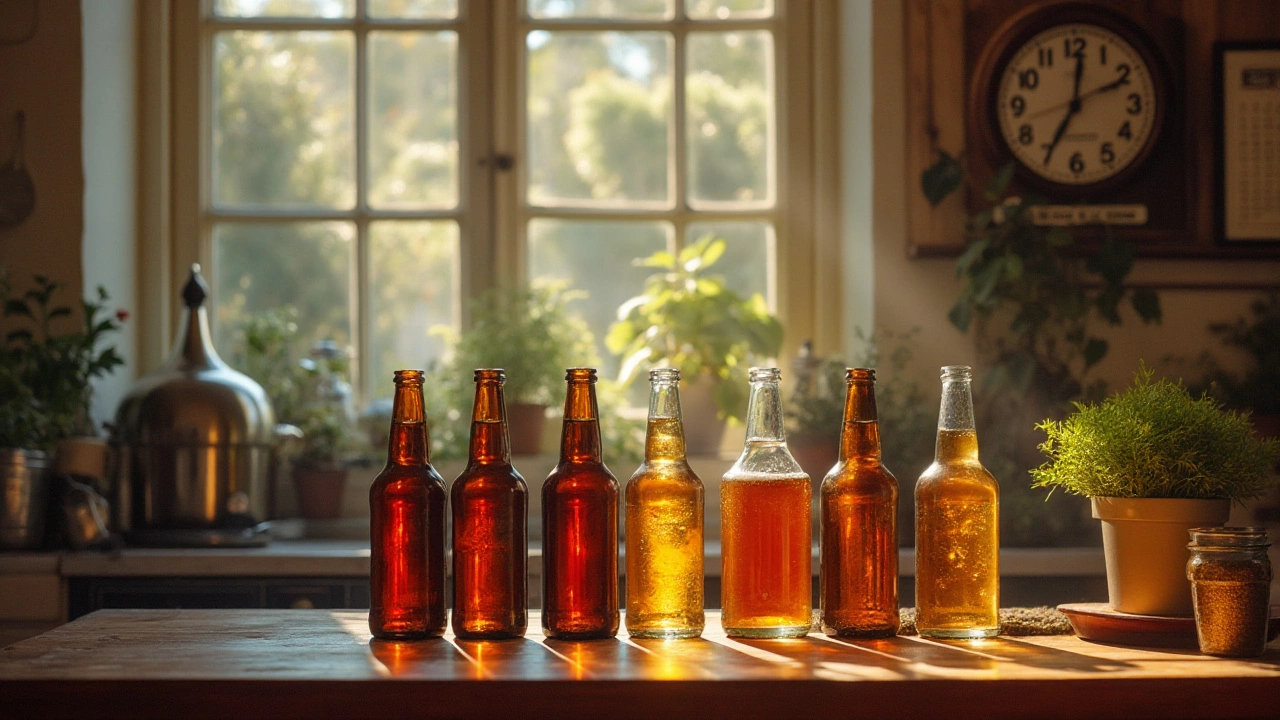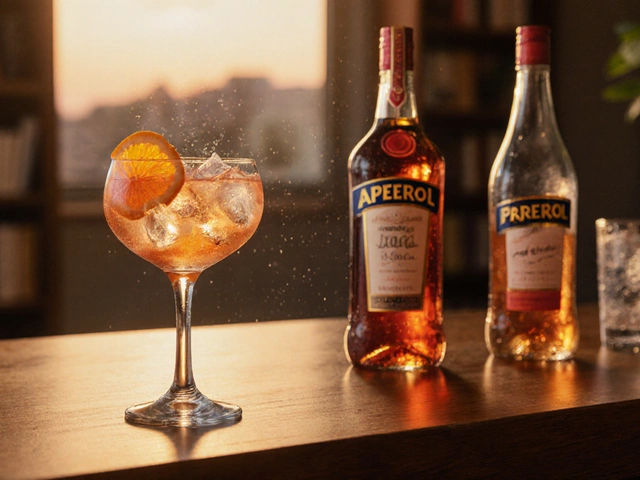Beer Maturation: How to Age Your Brew for Better Flavor
Ever wondered why some beers taste richer after a few months on the shelf? That’s beer maturation in action. It’s not magic – it’s chemistry. When you give a beer time, the flavors blend, harsh edges soften, and the drink can develop new aromas that weren’t there right after bottling.
Not every beer needs to sit around. Light lagers and most session ales are best enjoyed fresh. But stronger ales, stouts, barleywines, and certain lagers can actually improve with age. The key is knowing which styles work and how long to wait.
Why Age Beer?
Aging lets the malt and hop compounds settle and interact. Over time, harsh hop bitterness can mellow, and the malt can take on caramel, toffee, or even dried fruit notes. Oxidation, which sounds bad, can be a controlled friend for high‑ABV beers – it adds a subtle sherry‑like character. Too much oxygen, however, will spoil a beer, so the environment matters.
Practical Tips for Maturing Beer
Pick the right container. Store the beer upright in a dark place. Dark glass bottles protect against light, while cans are naturally light‑proof. If you have a keg, keep it sealed and cold.
Control temperature. Aim for a steady 50‑55°F (10‑13°C). Fluctuations cause expansion and contraction, which can push oxygen in and out of the bottle. A simple wine fridge works great for most home setups.
Limit oxygen. Once a bottle is opened, the aging clock stops. Keep caps tightly sealed and consider using a bottle‑saver cap for re‑closing. For bottles you plan to age, make sure they were filled with a good purge of CO₂ during packaging.
Be patient, then taste. Start checking your beer after a few months. Grab a bottle, pour, and note any changes. If the flavor seems brighter and smoother, give it a little more time. If it starts tasting flat or cardboard‑like, it’s past its prime.
Remember, aging is personal. Some folks love a boozy, nutty stout after a year; others prefer the fresh bite of a hop‑forward IPA. Use these tips as a starting point, then experiment with your own favorites.
Bottom line: beer maturation isn’t just for collectors. With the right storage, temperature, and patience, you can turn a good brew into a great one. Try it out with that barrel‑aged stout you’ve been saving and see how the flavors evolve. You might discover a whole new side of your favorite beer.
Embarking on the homebrewing journey entails a delicate dance of patience and timing. After bottling your brew, understanding when it's ready to drink ensures you savor every crafted note. This article explores essential waiting periods, influences on beer maturation, and pro tips to enhance the flavor profile. Dive into the rich tapestry of homebrewing and unlock the perfect sip experience.
View Details

